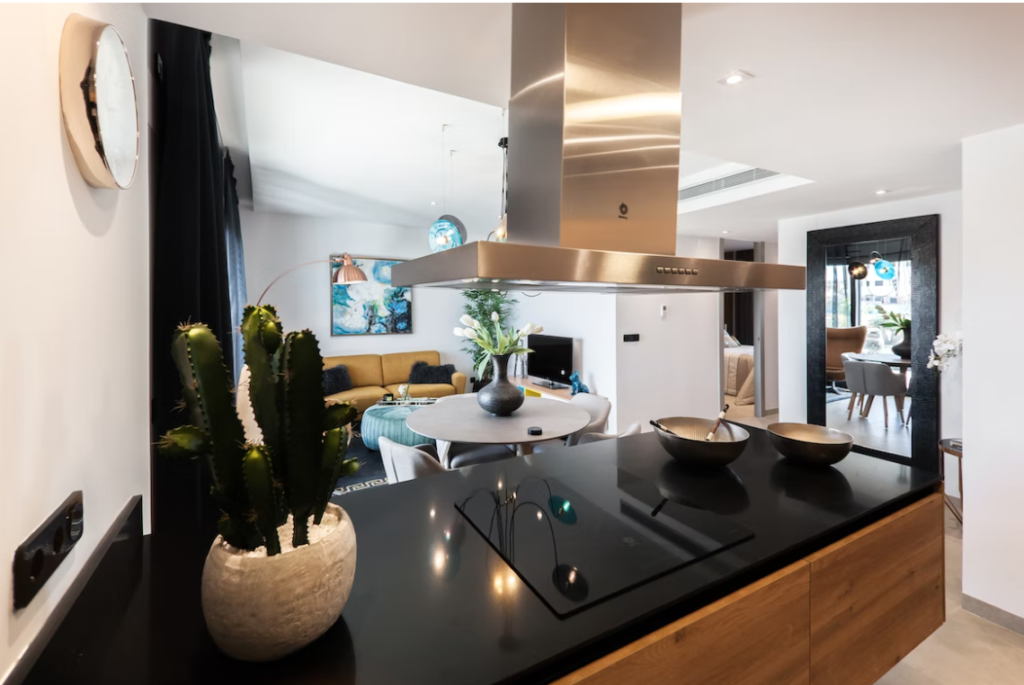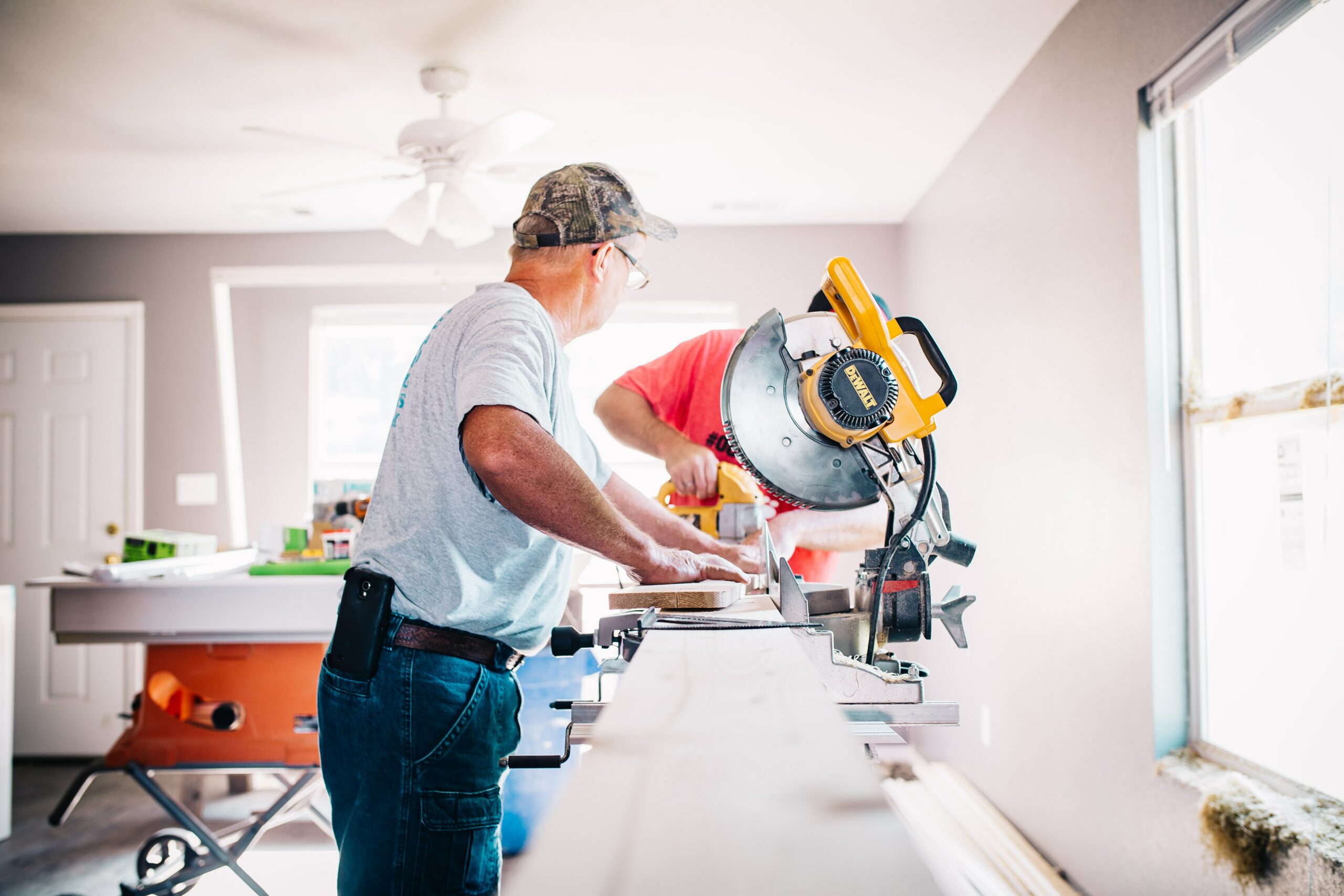Home renovation cost in major cities isn’t just higher than the average, and it’s also very tricky to pin down a consistent figure. To understand the cost, you’ll often have to break it down to the smallest units possible.
Typically, any high-end home renovation project cost will range from $75,000 to $150,000 and above. For major real estate cities like Boise, Houston, Dallas, Las Vegas, Atlanta, and more, the cost can be $5,000-12,000 higher. Cities like Atlanta and Las Vegas will have higher costs due to high labor and installation fees.
To help you learn about high-end home renovation projects and their costs, I’ll talk about the details of 4 of the most common high-end home renovations in the 5 best real estate markets in the US. Read on to know what you need to take control of renovation costs and quality.
Top 5 Major Cities With The Best Real Estate Markets In 2022
To understand home renovation costs in major cities, we’ll need examples to look at. For this purpose, I’ll be using the data of the best 5 real estate markets in major cities. In 2022, these are considered the best 5 real estate markets in the US.
- Boise, Idaho.
- Houston, Texas.
- Dallas, Texas.
- Las Vegas, Nevada.
- Atlanta, Georgia.
While each of these markets has unique advantages, they all excel in the conditions required for a healthy real estate market. These markets have powerful economies, great employment rates, great locations and neighborhoods, consistent rents, large inventories, and stable median prices with rising value.
4 Common High-End Home Renovations In 2022, And What They Cost
In 2022, high-end home renovations are made for both comfort and increasing value. Thanks to real estate prices seeing over 30% increase in 2019-2022, every buyer considers their home to be an investment. The 4 most popular high-end home renovation choices in 2022 are these.
- Kitchen remodeling.
- Adding a bathroom.
- Adding a bedroom.
- Installing smart HVAC.
Kitchen Remodeling

Remodeling the kitchen is the highest priority high-end renovation project in 2022. A modernized kitchen attracts 12% more millennial buyers and can increase sales prices by over 10%. With luxury houses, over 82% of buyers look for an outdoor kitchen or access to outdoors from the kitchen.
It’s recommended to spend 5-15% of the total home value on remodeling your kitchen. The longer you plan to stay in your home, the more you should spend on the remodeling project. Remodeling the kitchen is typically a complex, convoluted, and expensive project. But typically, this high-end home renovation includes these touch-ups.
- Upgrading The Sink: Adding touchless soap dispensers, removable sink strainers, a larger sink, garbage disposal, extendable and multi-spray mode faucets, and mountable drying racks and boards are all considered must-haves in a modern kitchen. This can cost from $1,200-3,800.
- Replacing The Flooring: Replace old, cracked tiles and gout with either hardwood, wood-effect laminates, or concrete for an aesthetic, stable, long-lasting kitchen floor. Depending on what material you use, it’ll cost $5-30 per square foot.
- Refacing Cabinets: Refacing older-looking cabinets for a modernized, minimal style can give kitchens a new life. You can choose from laminate to wood veneer, costing from $3,000-10,000.
- Replacing Lighting Fixtures: Older lighting fixtures are power inefficient and not ready for smart operations. You can replace them with energy-saving, smart, stylish track lights that provide better lighting and save you money. This can cost from $338-885.
- Replacing Countertops: Steel and laminate countertops stain and show gouges and scratches with time. Replacing them with granite countertops ensures you have spotless countertops with very durable material. Granite countertops can cost $50-140 per square foot.
- Updating The Appliances: 90s kitchen ovens and fridges are sturdier, but you rarely get so lucky to find these at your home. In most cases, older appliances waste energy, don’t have automated functionalities, and look out of place. Replace them with smart, energy-saving, multifunctional appliances to make your life easier. You can spend up to $8,000 on appliances for your kitchen.
- Outdoor Access: To create more room in your house, it’s recommended to connect your kitchen to the outside space. You can achieve this by removing non-load-bearing outer walls around the kitchen and extending the kitchen space into a patio. Wall removal can cost $3,500-7,500, and building a patio can cost $3,000-8,000.
The average cost for remodeling the kitchen is $31,000. However, this home renovation cost in major cities is mostly higher than the average. Here’s the average in the top 5 real estate markets.
- A full kitchen remodeling can cost up to $150,000 in Atlanta.
- The expected cost in Las Vegas is around $41,523.
- The average cost in Boise is $40,000.
- It can cost around $35,000 in Huston.
- The cost in Dallas is around $30,000.
Adding A Bathroom
Adding a bathroom has only a 47.7% investment recovery rate, whereas a proper bathroom remodel can raise property value by 5-10%. But this upgrade is all about comfort and making sure you don’t have to inconvenience yourself if guests come. Having more bathrooms than bedrooms is considered a luxury must-have, and many luxury homes in Boise provide this feature.
It can cost from $35,000-42,000 to add a new bathroom to your home. This range would cover a bathtub, shower, sink, and toilet. But if you include smart water temperature control, additional plumbing, detachable faucets, shower doors, etc., the cost can shoot up to $50,000. On average, this home renovation cost in major cities comes up to $100 per square foot.
This is how much a no holds barred bathroom addition would cost in the best 5 real estate markets.
- The cost of adding a bathroom is around $64,000 in Atlanta.
- Adding a bathroom would cost $50,796
- In Dallas, it costs around $36,000.
- In Huston, adding a bathroom would cost $35,500.
- It costs around $34,400 in Boise to add a new bathroom.
Adding A Bedroom
For a home with a selling price of $500,000-1,000,000, a new bedroom can add $50,000-80,000 to that price. A basic 15×15 basic bedroom set up on the ground floor can cost $22,500 and will provide a 53% or above ROI. So, it’s often considered a good move for adding value to your home, but different circumstances can increase the cost more.
For a basic bedroom setup, the cost per square foot ranges from $100-200. This rate range remains consistent in every city. However, if you want a bedroom on the second story, then the cost per square foot goes up to $300-500. Additionally, adding better flooring, smart lighting and heating systems, and a bathroom to the bedroom will add upwards of $100,000 to your cost.
Let’s take a look at how much adding a bedroom costs in the best 5 real estate cities. We’ll look at the average cost of the basic ground bedroom addition and the possible price for a luxury bedroom setup.
- In Atlanta, a basic bedroom on the ground floor would cost $225. For a luxury bedroom with a bathroom, it can cost $357,000.
- Ground floor basic bedrooms cost $188 in Las Vegas, and luxury bedrooms without bathrooms cost up to $114,526.
- In Dallas, the cost of a ground floor basic bedroom is $124 per square foot. A luxury bedroom would cost upwards of $80,994.
- In Huston, a ground-floor basic bedroom costs $153 per square foot. For a luxury bedroom, you have to spend around $74,300.
- A ground-floor basic bedroom in Boise would cost $112 per square foot. For a luxury bedroom set up with a bathroom, you’d have to spend up to $100,000.
When considering a bedroom renovation, it is important to factor in the resale value of your home. In Boise, homes that have been updated with new bedrooms tend to sell for 5-10% more than their original asking price. Therefore, if you are planning on selling your home in the near future, it is worth investing in a bedroom renovation.
Basic bedrooms will increase your ROI from your home, but luxury bedroom setups will take time to recover from. The best combination seems to be basic ground-floor bedrooms with simple bathrooms, which can provide nearly 60% ROI.
Installing Smart HVAC
Installing smart HVAC infrastructure is one of the highest home renovation costs in major cities. Smart HVAC has had a below 40% cost recovery rate and can take up to 7 years to truly consider paid off. However, since 2019 smart HVAC has become appreciated, attracting buyers and providing extra value to the house.
Here’s a breakdown of what smart HVAC can cost for each component in the infrastructure.
- Furnaces can cost $2,000-5,400 per unit.
- Central air conditioners can cost $2,500-7,500.
- Passive floor heating can cost $1,500-6,000.
- Ductless mini-split HVAC can cost $3,000-10,000
- Boilers can cost $2,200-10,000.
- Baseboard heaters cost $400-1,200 per unit.
- Heat pumps can cost around $3,800-8,200.
Each of these component costs also includes the installation cost. However, if you install a complete smart HVAC system, the installation cost can be $8,000-12,000. All of the 5 target real estate markets are within this range, with Atlanta and Boise pushing toward the higher end. The cost of smart HVAC differs based on what brand you buy the components from.
Conclusion
Home renovation costs in major cities are higher, but it’s also an investment. Spending within the ideal range increases the value of your home in powerful real estate markets and provides high ROI. But you can achieve similar results without spending if you choose to DIY your projects and source your materials.

